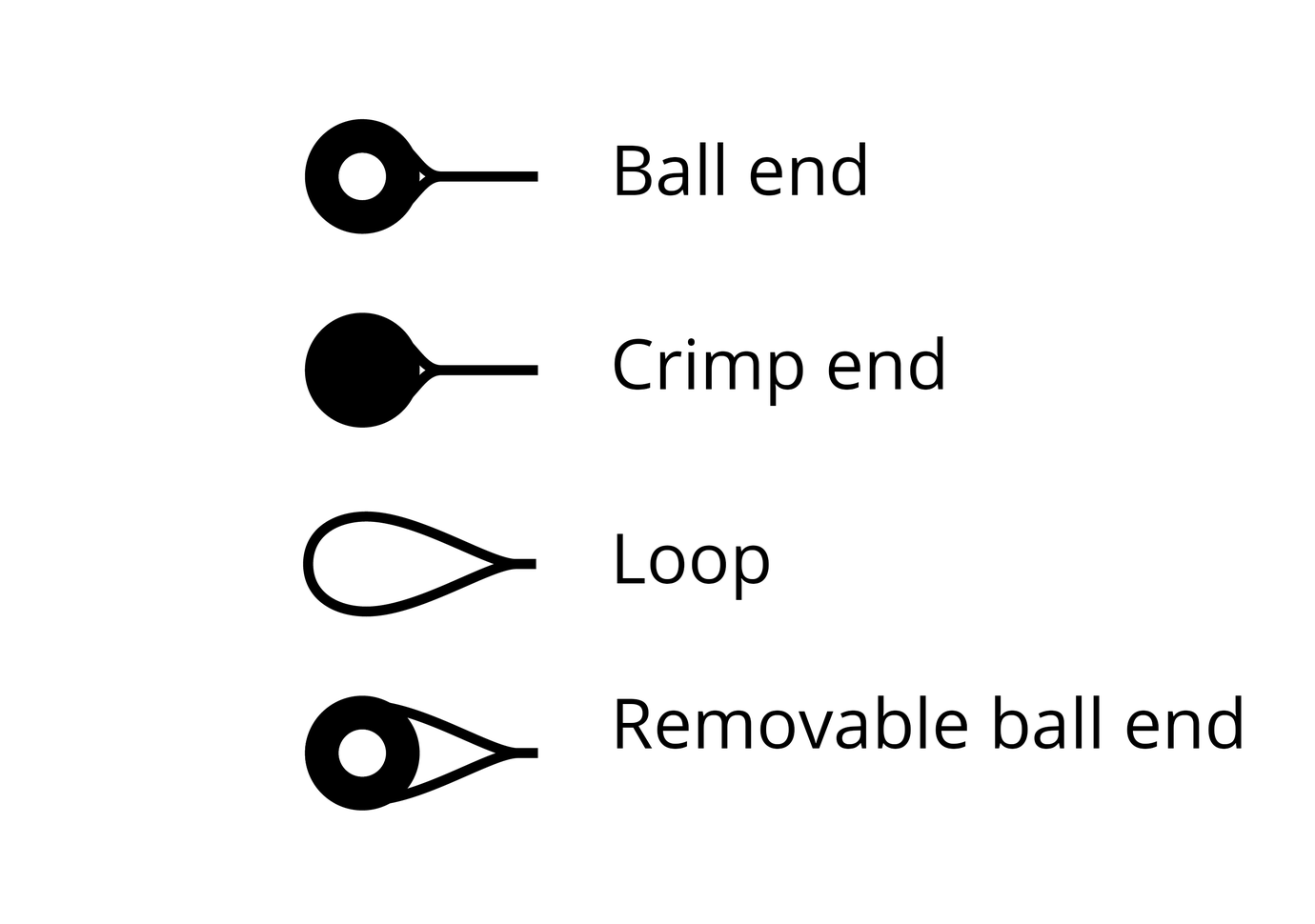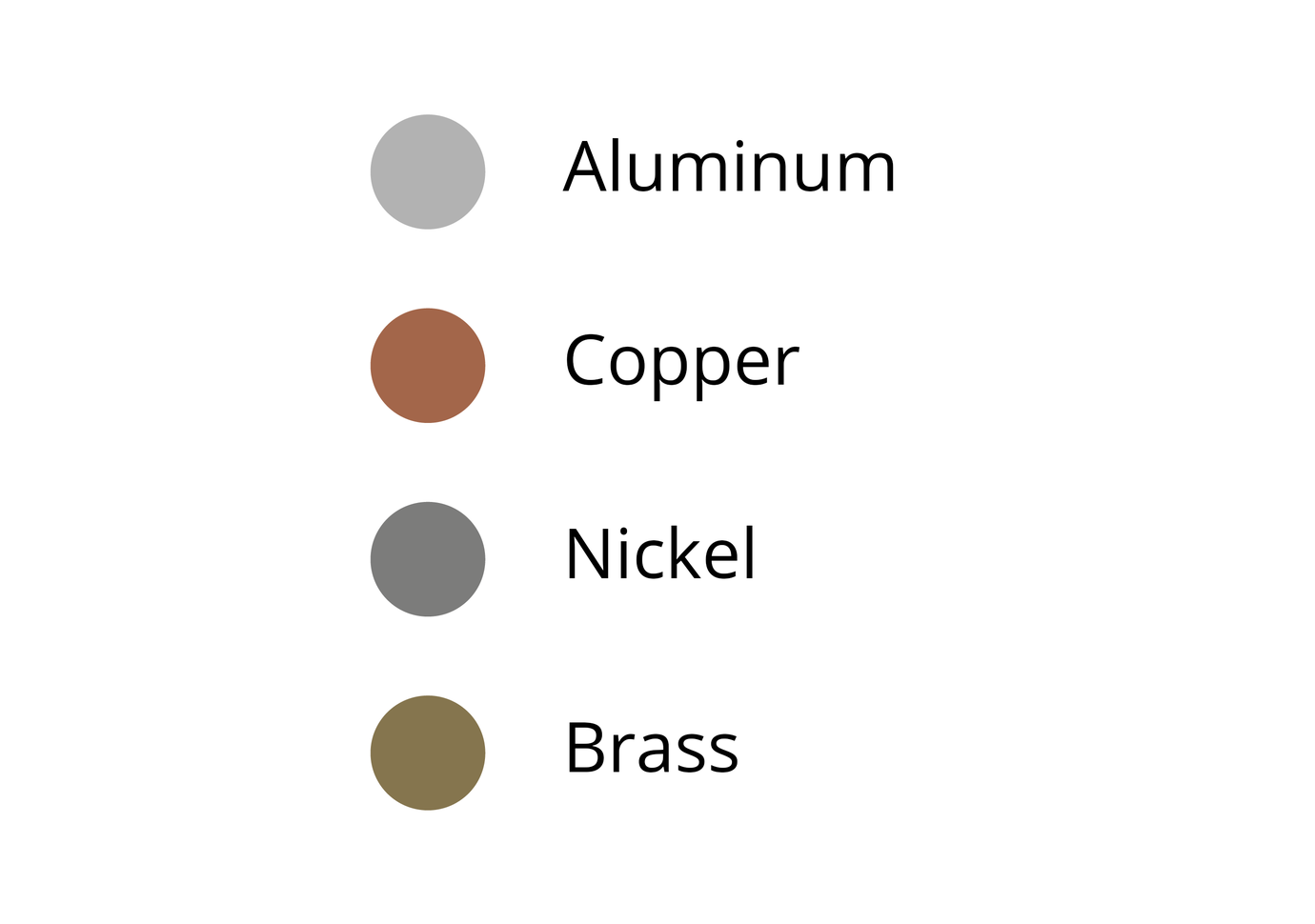Have you spent years mastering the art of string playing but still know little about the ideal way to handle your tools? Are you curious to learn more about the possibilities a high-performance string offers and do you want to optimize your performance in a few simple steps? Stringtelligence offers you an exclusive insight into the science of strings. Find widely unknown tips and tricks of the trade to perfect your sound and elevate your playing to an unexpected level! More than 20,000 words and 19 video tutorials in over 90 chapters: This is string know-how at its best!
What data is provided in the Thomastik-Infeld string catalog and what does it mean?
Our string catalog is split into four instrument categories: violin, viola, cello and bass. You will find our product lines and the associated strings and string sets in alphabetical order in these categories. At the very top, available sizes (full size: 4/4; fractional sizes: 3/4, 1/2, 1/4, 1/8, 1/16) and tensions (light, medium, heavy) of each product line is stated. There is a wealth of further information which we have listed in brief for you:
Instrument
For which instrument the string should generally be used.
Catalog number
All catalog numbers refer to medium tension. For light tension, add „W“ (German: weich) to the catalog number (e.g. 135W or S42W). For heavy tension, add „ST“ (German: stark) to the catalog number (e.g. S36ST or VI100ST).
Keynote
The keynote is the lowest note of a string.
Vibrating string length
The vibrating string length is the distance from the inner edge of the bridge to the inner edge of the nut. To choose the right strings and the correspondingly correct string tensions, you need to know the vibrating string length of your instrument. The vibrating string length is stated in both centimeters and inches in the catalog.
Usable from/to
There are some strings that can also be used for a varying vibrating string length. The range is stated separately. Please note that the string tension changes in this case: if the length increases, the string tension is squared!
String tension
The string tension is the force that must pull on a string in order to generate the desired tone for a specified vibrating string length. The string tension is stated in kilograms and pounds. It always relates to the vibrating string length stated in the catalog. Conversion: 1 kg = 2.20462 lb
Core material and outer winding
The Thomastik-Infeld catalog contains information about the core material used and normally the material of the outermost layer, too. A string can consist of up to eight winding layers and high-tech filler materials. We also use simplified terms for the materials in the catalog to make the information more understandable. Thomastik-Infeld uses six different string cores:
- Carbon steel
- Stainless steel
- Rope Core
- Spiral Core
- Synthetic core
- Composite core
Despite the strictest compliance with the most stringent production and quality criteria, traces of materials other than those stated may be found in the string. For detailed information about the materials used, please contact [email protected].

Tailpiece end
Thomastik-Infeld offers four different string ends for tailpieces:

The ball ends can be made from the following materials:

Color marking of tailpiece end und peg end
To identify the products, our strings are marked with Thomastik-Infeld’s own silks at the tailpiece and peg end. The following colors are used for this:
BACK

 ESPAÑOL
ESPAÑOL